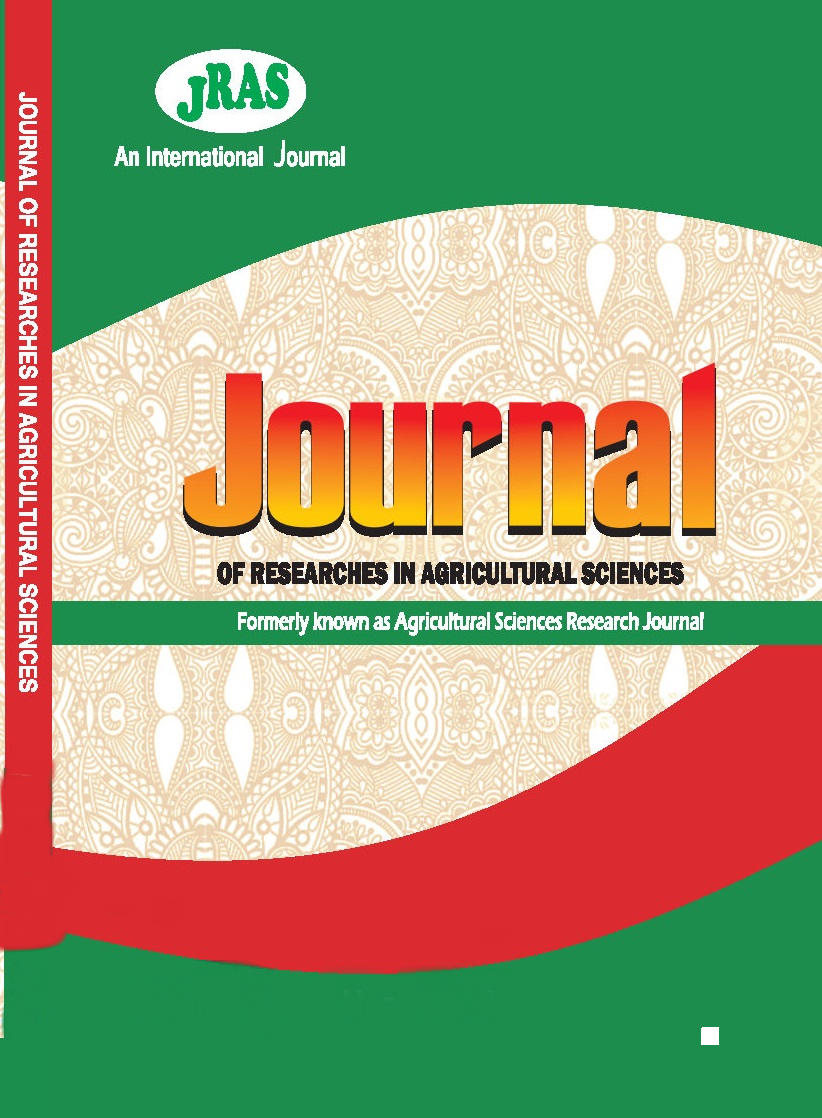Parasitic Fauna of Clarias gariepinus and Clarias agboyiensis in two Reservoirs on Owena River, Southwestern Nigeria.
Klíčová slova:
Parasitic fauna, reservoirs, intensity, prevalenceAbstrakt
Parasitic fauna of Clarias gariepinus and Clarias agboyiensis was examined between the months of May 2010 and April 2012 in the Old and New Reservoirs on Owena River. A total of three hundred and twenty fish (320) species comprising of one hundred and sixty (160) fish specimens each, from
Clarias gariepinus and Clarias agboyiensis were examined. Twenty (20) of each fish species were collected and examined (per season) using standard methods. Observed parasites were collected, fixed and mounted for identification. The mean intensity, standard deviation, and prevalence of the data collected were determined. Differences in parasite prevalence, intensity or diversity among fish species were investigated using Student t-test at a p-value of 0.05. The results showed that 5 species of parasites, Dactylogyrus spp and Gyrodactylus spp (Monogenea) Contracaecum spp and Capilaria spp (Nematodes), and Trichodina spp (Protozoa) were observed. The t-test between the numbers of infected fish in the two reservoirs shows a significant difference (P< 0.05) between the rate of infection of Clarias gariepinus and Clarias agboyiensis. (t = 0.00042) in both OR and NR respectively. The highest Prevalence, intensity and abundance of infection was recorded for Dactylogyrus spp and
Capilaria spp and the least was observed in Gyrodactylus spp and Capilaria spp respectively. The highest record of infection for each species was recorded in rainy season, and the lowest was in dry seasons. Multiple infections were recorded in several fish hosts, an indication of the rich parasitic fauna of the study sites. It is therefore recommended that proper processing method be put in place for fish caught in the wet season to reduce transmission of parasites to humans. More so Clarias
agboyiensis is an endangered fish species and should be avoided from harvesting due to it endangered nature and its small size.

